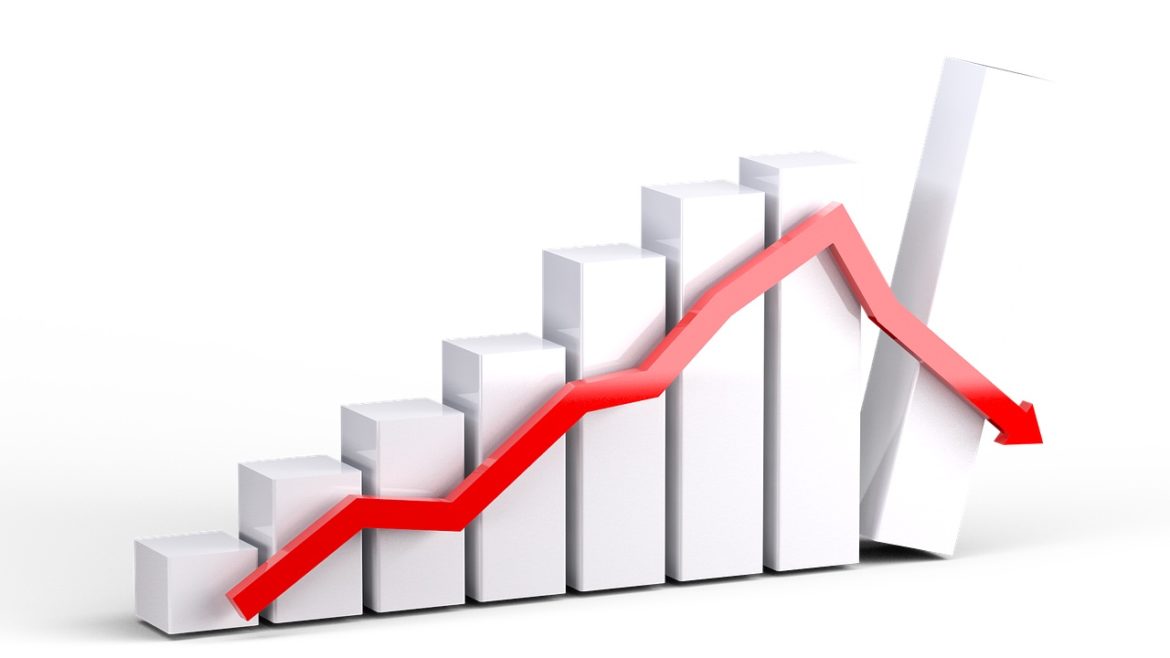Gold has all the potential to go unprecedentedly high. But silver will be gold on
Site:
Precious metals news
HANKE’S BELIEVE IT OT NOT! Secretary Yellen said “a common definition of recession is 2 negative quarters of GDP growth.” Less than a minute later she said “even if we have 2 quarters of negative GDP growth that's not a recession”
 Government "Stimulus" Schemes Fail Because Demand Does Not Create Supply | Frank Shostak
Government "Stimulus" Schemes Fail Because Demand Does Not Create Supply | Frank ShostakJul 27, 2022 - 07:59:03 PDT
By popular thinking, the key driver of economic growth is the increase in total demand for goods and services. It is also held that overall output increases by a multiple of the increase in expenditure by government, consumers and businesses.
Mortgage demand continues to drop, even though interest rates have come down slightly from recent highs.
Jul 27, 2022 - 07:47:13 PDT
First Signs the juice is coming out, with several months lag.
 Pending Home Sales Fell 20% in June Versus a Year Earlier As Mortgage Rates Soared
Pending Home Sales Fell 20% in June Versus a Year Earlier As Mortgage Rates SoaredJul 27, 2022 - 07:44:45 PDT
The decline in sales coincided with mortgage rates soaring to over 6% last month.
Gold inched up on Wednesday, as the dollar weakened slightly, while investors waited for a key decision on interest rates from the U.S. Federal Reserve.
But a far bigger reason for the surge in headline durables was a much simpler one: the war in Ukraine. That's right, as the chart below shows, the monthly increase in Defense aircraft and parts Durable new orders soared by $10.5 billion (not seasonally adjusted), the third biggest print on record, and not too far off the $13.4 billion record set in the weeks after the Sept 11 war.
The global economy is mired in a serious slowdown, with some key economies at high risk of recession and only sparse meaningful cooling in inflation likely over the coming year, according to Reuters polls of hundreds of economists worldwide. Most central banks are only part-way through a still-urgent cycle of interest rate rises as many policymakers make up for a...
The reasons for the downturn include disruptions in energy supplies from Russia, the end of the post-pandemic rebound in services, weaker global momentum and political turbulence in Italy that could delay the disbursement of European Union aid.
 China’s Property Sales Are Set To Plunge 30% — Worse Than in 2008, S&P Says
China’s Property Sales Are Set To Plunge 30% — Worse Than in 2008, S&P SaysJul 27, 2022 - 05:52:55 PDT
China's property sales are set to plunge this year by more than they did during the 2008 financial crisis, according to new estimates from S&P Global Ratings.
Over the last month, investors have bet the Fed will win the war on inflation but at the expense of a recession.
Central banks are responsible for soaring inflation rates around the world and should admit that they over-stimulated economies during the pandemic.
Not convinced by central banks' pledge to stamp on inflation, many investors are on the hunt for assets that will protect their portfolios from years of decline in the value of money. The resurgence of inflation, after a long hiatus, has caught central bankers off guard. The Federal Reserve on Wednesday is likely to hike rates by another 0.75% to a range of between 2.25%...
For analysts, the last Thursday of July is always one of the busiest dates in the calendar. This year, it’s likely to be even more of a stretch.
The Treasury just announced that Janet Yellen will be hosting a press conference on the economy on Thursday. That should be seen as a giveaway on soft Q2 GDP. The consensus is still at +0.5% but it's been sliding. The Fed would have likely gotten a preview of the number today and perhaps so did the Treasury.
BofA reckons that ending QT in September 2023 will result in at least $1 trillion less of Fed balance sheet reduction compared with an earlier projection for it to stop at the end of 2024 (see chart below).
The central bank's own projections from June estimate the Fed will need to raise rates to roughly 3.8% next year to pull off a slowdown in inflation. But Fed watchers are all over the place on this estimate — Deutsche Bank thinks the Fed will be forced to lift rates to 4.1%, but Goldman Sachs thinks the Fed will not be able to push rates past 3.5%.
The Federal Open Market Committee is expected to raise rates by 75 basis points for a second straight meeting -- the most aggressive tightening since the 1980s. The decision will be announced at 2 p.m. in Washington. No quarterly forecasts will be released and Powell will hold a press conference 30 minutes later.
Money Supply growth is falling rapidly. Two of the last three months have seen a decrease in the seasonally adjusted M2 Money Supply with the recent month dropping $17B. Given that April was the first contraction in 12 years, two of the last three months being negative is an ominous sign.
The White House is desperately trying to convince everybody there isn't a recession, but the average American doesn't seem to be buying the narrative.Consumer confidence plunged to the lowest level since February 2021 in July, according to the latest survey by the Conference Board.
























